India has a rich cultural heritage and is home to numerous historical places and monuments recognised as UNESCO World Heritage Sites. However, many lesser-known historical places in India are just as fascinating and worth exploring.
In this blog post, we will discuss 7 unexplored Indian heritage sites often overlooked by tourists but worth visiting. We will also discuss the importance of visiting unexplored places and provide tips on preserving heritage sites.
India's Cultural Heritage: The Significance of Discovering Unexplored Sites
India's rich cultural heritage includes a vast collection of historical places and monuments. These sites, which have ancient temples, palaces, and forts, hold significant cultural and historical value and reflect the country's diverse cultural influences and traditions.
While popular heritage sites in India are undoubtedly worth a visit, there is something uniquely special about exploring unknown and lesser-known places off the beaten path. These lesser-known destinations provide a chance for exploration, education, and a distinctive travel experience not available in many popular tourist spots. The country's architecture, art, music, dance, and cuisine all reflect its cultural heritage, which is both distinct and exceptional.
India has 38 UNESCO World Heritage Sites, including famous landmarks like the Taj Mahal and the Red Fort and lesser-known locations such as the Elephanta Caves and the Sun Temple in Konark. Visiting and supporting unexplored heritage sites is a way to experience India's rich cultural heritage and help preserve and promote these sites for future generations. By exploring lesser-known sites, we can help ensure they receive the attention and support they need to remain accessible and in good condition for years.
Unexplored Indian Heritage Sites: Discovering the Lesser-Known Treasures
India is a land of rich cultural heritage and history, with a plethora of well-known heritage sites. However, several lesser-known sites are equally fascinating and worth exploring. Here are 7 unexplored Indian heritage sites that are waiting to be discovered and are hidden treasures:
Hampi, Karnataka
Hampi is an ancient city located in the southern state of Karnataka. It was once the capital of the Vijayanagara Empire, and it is home to a number of fascinating ruins and monuments that date back to the 14th century. The most famous of these is the Virupaksha Temple, which is dedicated to Lord Shiva and is still used for worship today.
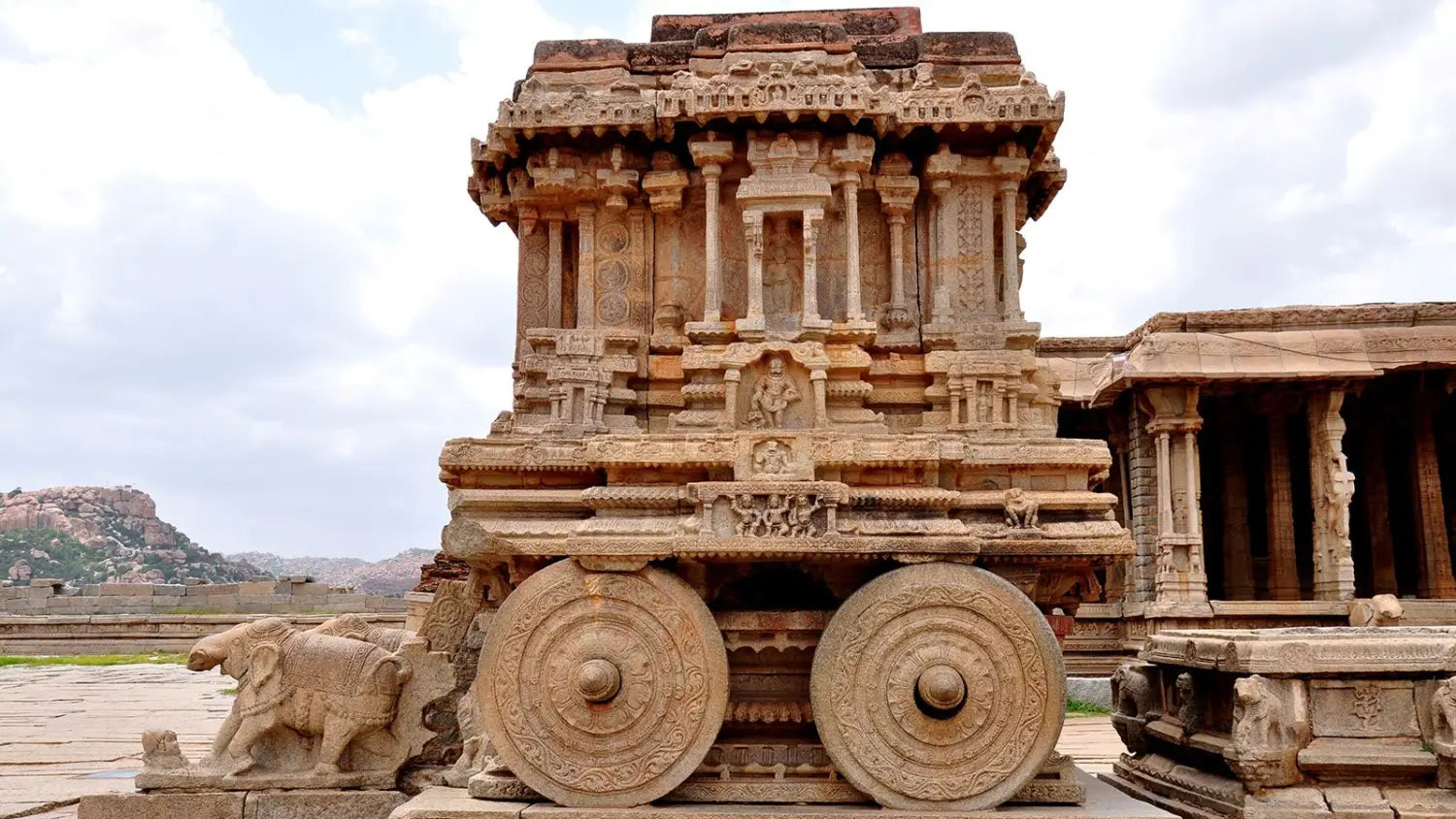
(image credit:- CNN)
Mandu, Madhya Pradesh
Mandu is a ruined city located in the central state of Madhya Pradesh. It was once the capital of the Malwa Sultanate, and it is home to several impressive monuments and buildings that reflect the fusion of Hindu and Islamic styles of architecture. The most famous of these is the Jahaz Mahal, a palace built to resemble a ship.
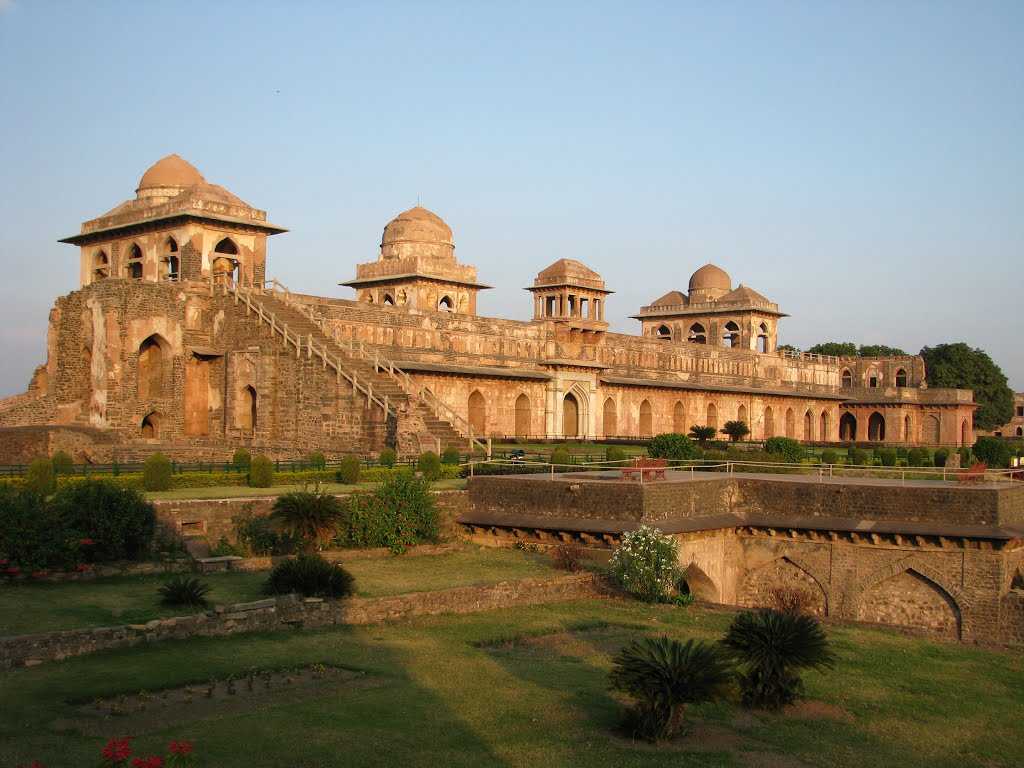
(image credit:- Holidify)
Lepakshi, Andhra Pradesh
Lepakshi is a small village located in the southern state of Andhra Pradesh. It is home to many ancient temples and monuments, including the Veerabhadra Temple, dedicated to Lord Shiva. The temple is known for its intricate carvings and sculptures, including a famous statue of the Hanging Pillar.
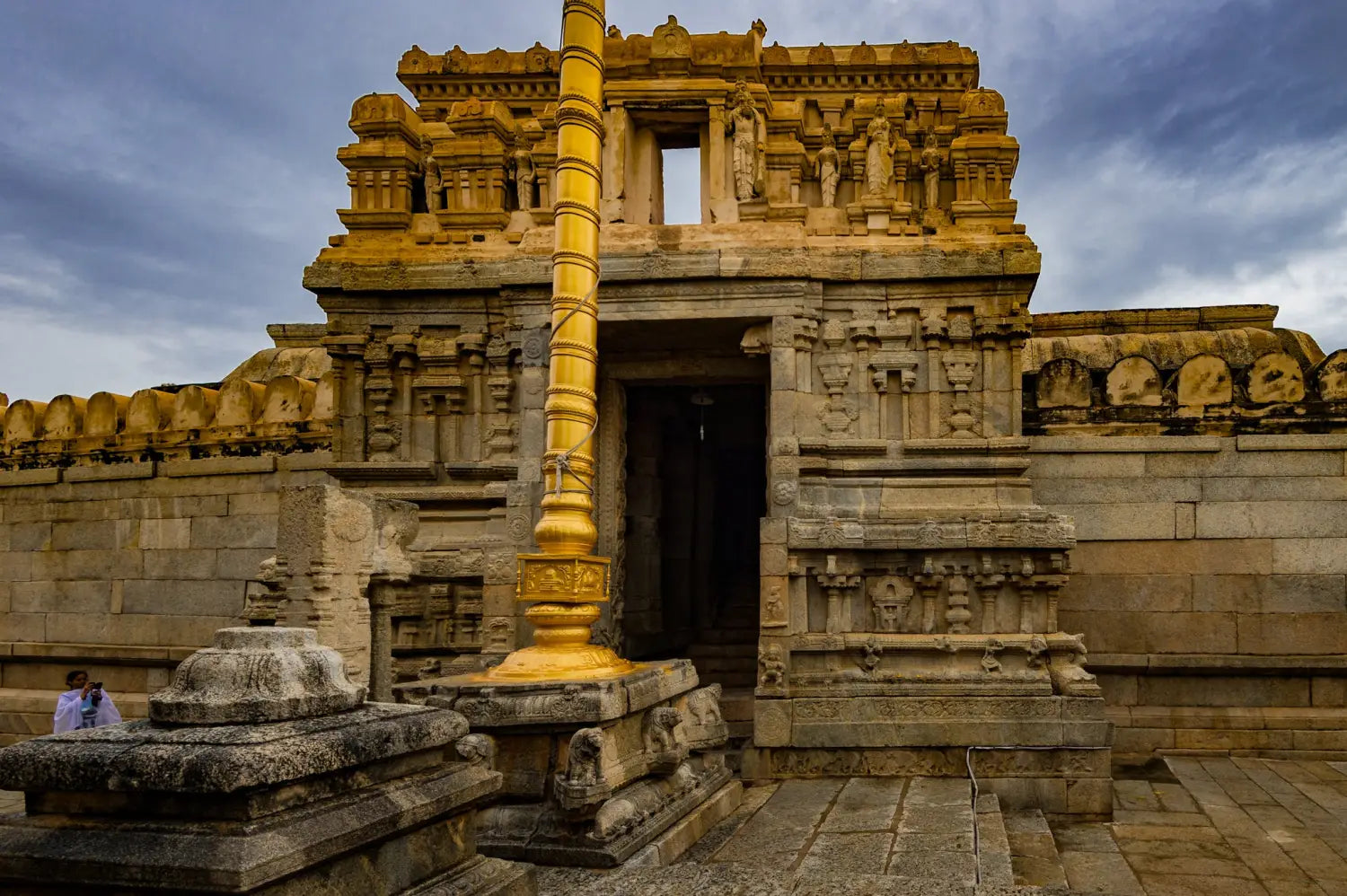
Champaner-Pavagadh Archaeological Park, Gujarat
Champaner-Pavagadh Archaeological Park is a UNESCO World Heritage Site located in the western state of Gujarat. It is home to a number of ancient ruins and monuments that date back to the 8th century. The most famous of these is the Jama Masjid, a mosque built in the 15th century and known for its intricate architecture and decorative features.
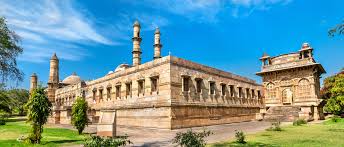
(image credit:- Outlook Traveller)
Orchha, Madhya Pradesh
Orchha is a small town located in the central state of Madhya Pradesh. Once the capital of the Bundela Rajput Kingdom, it is home to many impressive palaces, temples, and forts that date back to the 16th century. The most famous of these is the Jahangir Mahal, a palace built to welcome the Mughal emperor Jahangir.
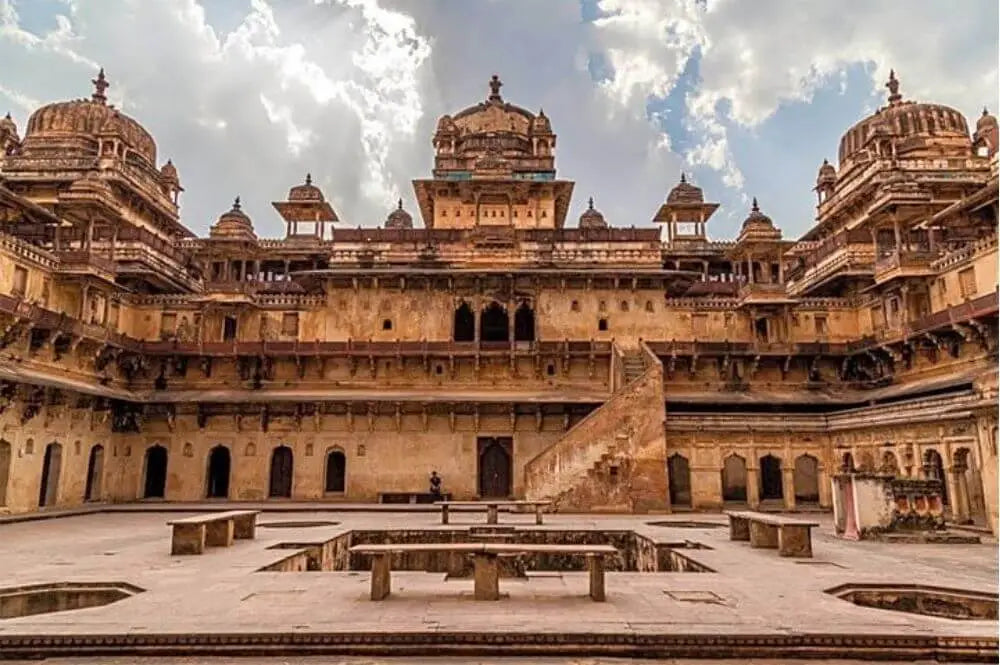
(image credit:- India Travel)
Halebidu, Karnataka
Halebidu is a small town located in the southern state of Karnataka. It was once the capital of the Hoysala Empire, and it is home to a number of ancient temples and monuments that date back to the 12th century. The most famous of these is the Hoysaleswara Temple, dedicated to Lord Shiva and known for its intricate carvings and sculptures.
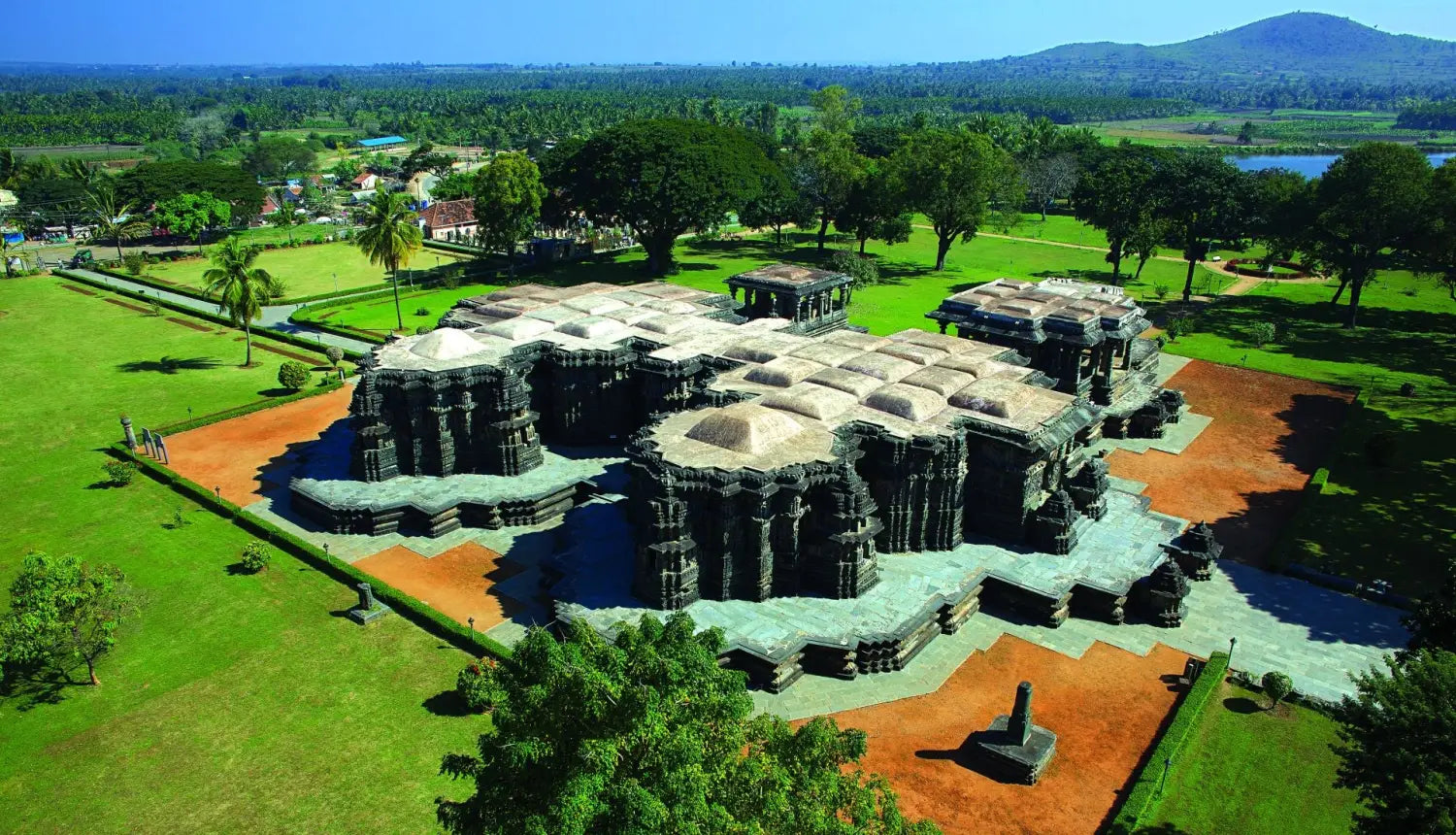
(image credit:- Karnataka tourism)
Bishnupur, West Bengal
Bishnupur is a small town located in the eastern state of West Bengal. It was once the capital of the Malla Kingdom, and it is home to a number of ancient temples and monuments that date back to the 17th century. The most famous of these is the Rasmancha, a temple built to house the idols of Radha and Krishna during the Ras festival.
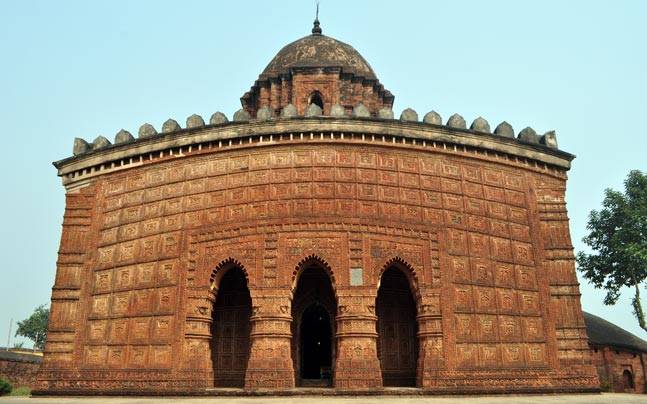
(image credit:- India Today)
Importance of Visiting Unexplored Places
Visiting unexplored places allows you to discover hidden gems not well-known to tourists. These hidden gems may include historical sites, cultural experiences, and natural wonders off the beaten path.
By visiting unexplored places, you support local communities and their economic development, which can help preserve local cultures and traditions and ensure they continue to thrive.
Unexplored places often have a rich history and cultural significance that can teach much about the country and its people. By exploring these places, you can gain a deeper understanding of the culture and traditions of the local communities.
Tips to Preserve Heritage Sites
- Follow the rules and regulations: When visiting heritage sites, it is important to follow the rules and regulations that are in place to protect them, which may include restrictions on photography, littering, and touching or climbing monuments.
- Avoid damaging the sites: It is important to avoid damaging the areas by touching or climbing on monuments, littering, or carving your name into structures. These actions can cause irreparable damage to historical sites and monuments.
- Respect the local culture: When visiting heritage sites, respecting the local culture and traditions is important, including dressing modestly, removing your shoes before entering temples, and not disturbing local wildlife.
-
Support preservation efforts - You can support preservation efforts by donating to local organisations that preserve historical sites and monuments. You can also spread awareness about protecting these sites and encourage others to do so.
Tips for Travelling to Unexplored Indian Heritage Sites
- Research and plan ahead - Before visiting any unexplored heritage site, it is important to research and plan to help you understand the site's location, history, and cultural significance. It will also help you prepare for any challenges you may face while travelling.
- Hire a local guide - A local guide can assist you in navigating the site, comprehending its historical significance, and providing insight into the local culture and traditions. Additionally, hiring a local guide can contribute to supporting the local economy.
- Respect the environment - People should respect the environment surrounding unexplored heritage sites by not littering or damaging them, as these sites are often located in remote areas and surrounded by natural landscapes.
- Stay safe - While travelling, one should always prioritise safety as topmost. Proper tourist facilities may be necessary for unexplored heritage sites, so it's important to be ready for any situation. Additionally, it's advisable to carry a first aid kit containing emergency contact numbers.
Following these tips can ensure a safe and enjoyable trip while exploring unexplored Indian heritage sites. Let us try to preserve and promote our rich cultural heritage by exploring these lesser-known sites and contributing to their conservation.
Conclusion
To sum up, India's many historical places and monuments reflect its rich cultural heritage. While there are many well-known UNESCO World Heritage Sites in India, many unexplored places are just as fascinating and worth exploring. By visiting these places, we can discover hidden gems, support local communities, and learn about the history and culture of the country. It is also important to preserve these heritage sites by following the rules and regulations, avoiding damaging them, respecting the local culture, and supporting preservation efforts. Let us try to explore these lesser-known Indian heritage sites and contribute towards preserving our rich cultural heritage.
Blogs you might also like
Pichwai art: the folk art of Nathdwara, Rajasthan
Summer fashion: 7 pastel colour saree ideas for a comfy summer soiree.
Bhil painting: The tribal art of India
 Verified Purchase
Verified Purchase



























































































































































































Leave a comment (all fields required)